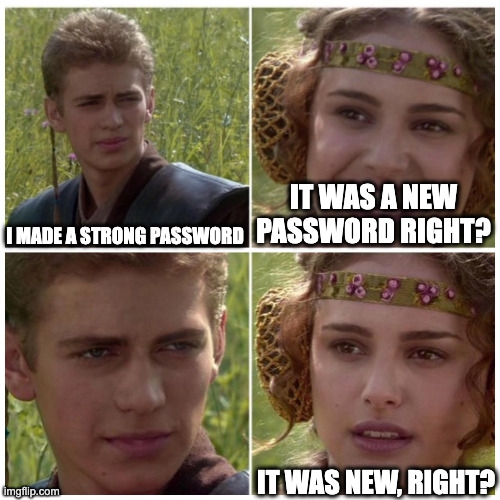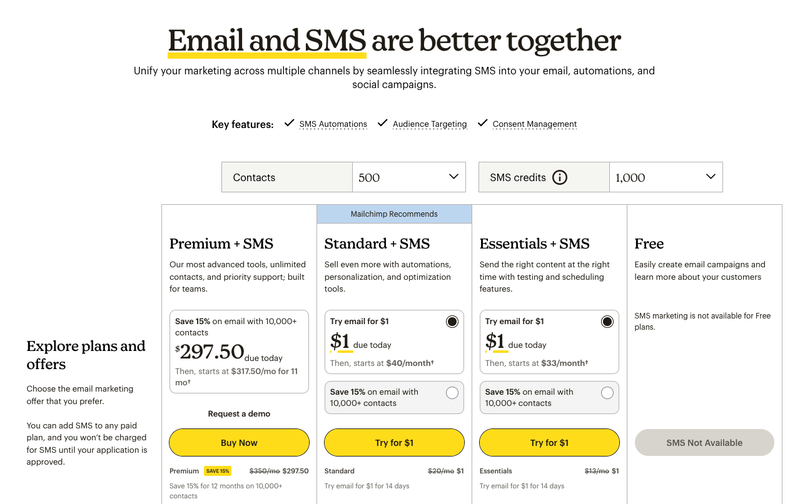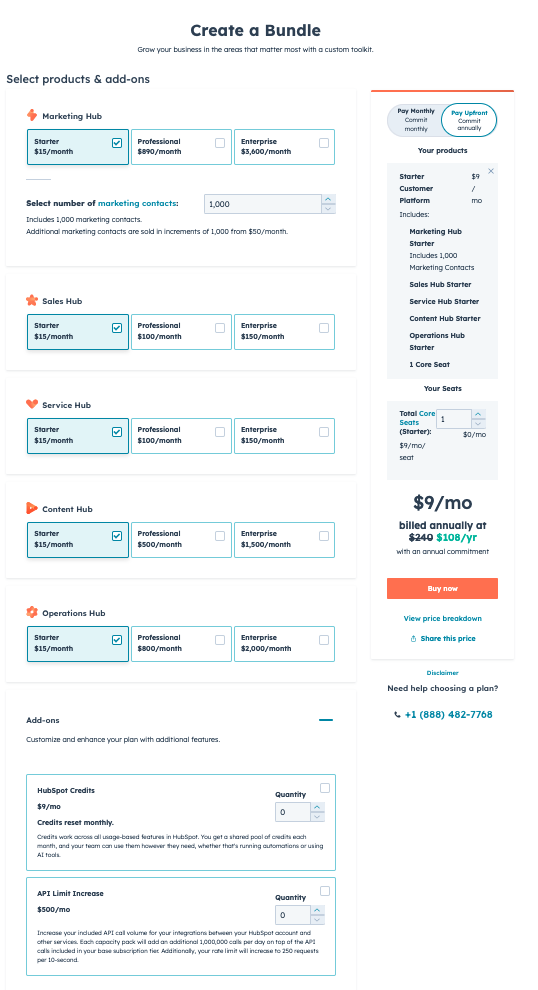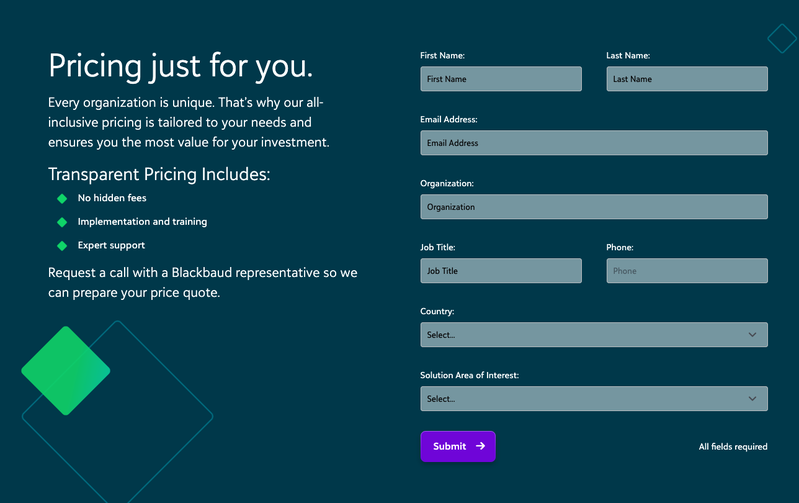One challenge of buying software is all the different ways you have to pay for it. Gone are the days when we bought software in a box at a store.
Instead of buying software like a product, it's now a service. You may hear it called "SaaS" or software-as-a-service.
There are plenty of reasons to like this business model, but most leaders I talk to are feeling burned out on subscriptions—and tired of remembering passwords for all their tools.

(If you aren't using 1Password, today is a great day to stop tempting fate.)
How companies charge for software
The theory is to charge for the tool in relation to how it delivers value. Here are the most popular ways that software companies approach this.
Pricing based on:
- Number of users
- Transaction fees
- Volume of usage
- Feature tiers
Number of users
This is the most popular! It's pretty easy to set budgets and the number of people who use a tool is a good approximation of value. This model works particularly well for chat and collaboration tools because the more people that use the tool, the more valuable it will be for the team.
Transaction fees
This is often one I hear people complain about, but it's probably my favorite because of its simplicity. Stripe is easily the most popular and it's very simple: when you make money, Stripe makes money. If you don't make money, they don't make money. The incentives are aligned, and I think 2.9% is actually very reasonable for a service that lets you collect money on the internet in any currency from anywhere in the world.
Volume of usage
This one starts out seeming fair, but often becomes lopsided. An example of this would be when Dropbox gives you a free tier to get you in the door, and when you exceed it, upgrades you to plans based on how much storage you need. Mailchimp works the same way, charging you for how many contacts you have on your mailing list. When companies keep this simple, it can be a great model that feels fair, but the more complicated it becomes, the harder it is to manage your budget.
Feature tiers
Small, medium, large. Years of ordering fast food have conditioned us to choose between sizes. No surprise, there is lots of psychology at play. Humans are 3x more likely to choose the middle option than those on the ends. While I like the feeling of deciding what I actually need, I dislike scrolling through the matrix of check marks comparing features across plans. This is made far worse when comparing features in different plans against tiered features in competing tools.
Mix them together
Combining multiple pricing models is my least favorite by far. Mailchimp has tiered + usage based pricing.

The Mailchimp pricing page is bananas particularly in contrast to a competitor like Flodesk.

Hubspot's "Create a Bundle" is a particular form of torture. This pricing approach involves six hubs, each with three tiers of pricing, some of which ALSO have usage based pricing based on the number of contacts. If that wasn't enough, they also allow you to include Add-ons for API access and HubSpot Credits (whatever the hell those are.)

I want to take a nap.
What to do about it
A few rules of thumb that help me.
Smaller the better
Don't go with the big guy. Newer tools have fewer features (which is better!) and less complicated pricing models. As software gets older, it gets worse. They court enterprises, chase VC money, and eventually IPO. They lose their soul along the way and stop caring about the little guy. Nonprofits are the little guy, and we need to find a smaller pond. Exceptions to this would be true utilities like Microsoft Office / Google Workspace and Stripe. Those are essentially non-negotiable.
Never call for pricing
Never ever ever call for pricing. We are not buying fine wine. Software is not a luxury good made in the foothills of Italy. It's a commodity. The single biggest advantage we have as consumers is price transparency. Software companies that refuse to reveal their price will be too expensive and probably use other manipulative tactics to keep you a customer. Blackbaud's offer to provide "Transparent pricing" WHEN YOU CALL THEM insults our intelligence.

Don't sign contracts
Another powerful bargaining chip we have to keep SaaS companies honest is that they don't require long-term contracts.
We're renters living month to month! The second these tools fail to meet our needs, we'll bounce to the next one. If a software company tries to persuade you to sign a three year contract, run away. (Cough. eh. hm. Blackbaud.)
Software you don't use is always too expensive
Do a software inventory once a year to figure out all the tools you have in your tech stack and whether you are actually using them. Its a good opportunity to consider alternatives because software is changing all the time.
Software is actually kind of cheap
Paying for software is complicated, and it often feels expensive. But keep in mind, software is a tiny fraction of the cost of labor and if it makes your team 10% more effective, it's worth the money.
Until next time,
Ted





